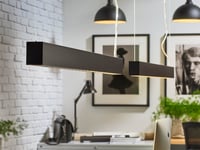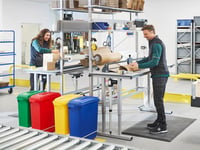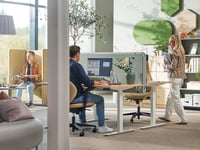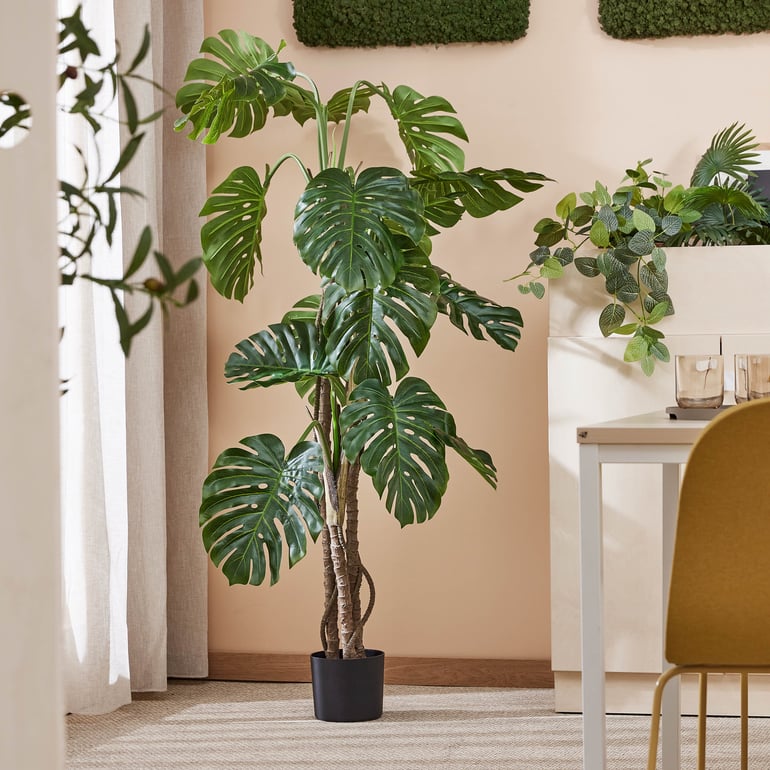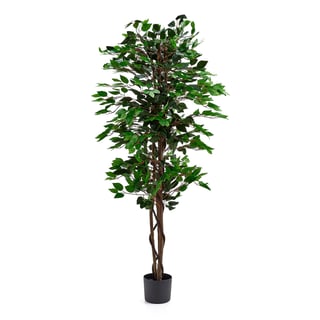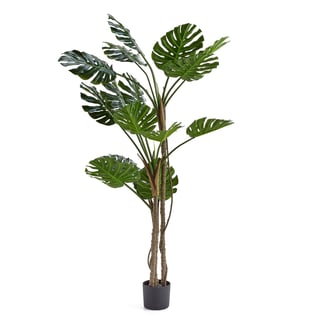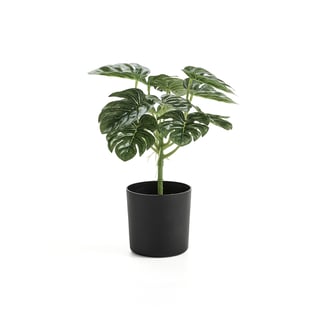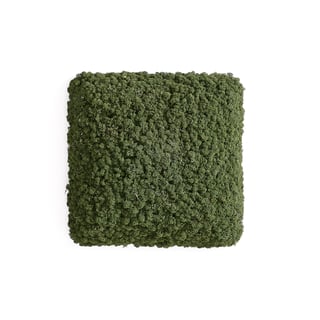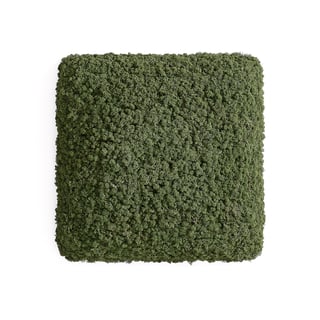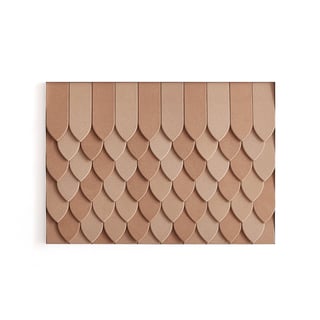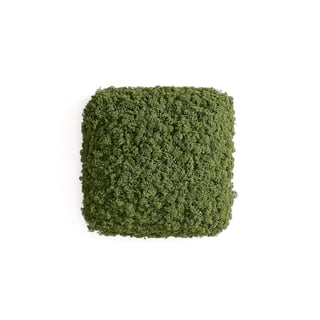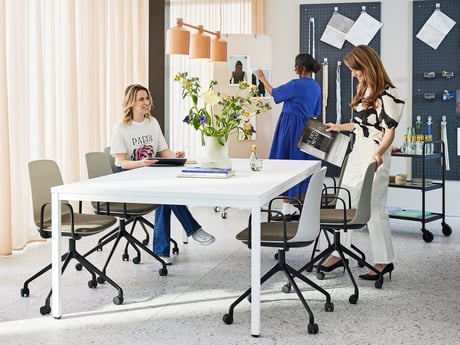- AJ Products UK
- Blog: Tips to Inspire Happiness at Work
- Tips & trends
- New trend: How biophilic office design creates a better work environment
New trend: How biophilic office design creates a better work environment

What is biophilia?

Bringing nature into the office makes us healthier and more focused
Enhancing the work environment by icorporating nature into offices has become increasingly popular. Plants, natural light, earthy colours and natural materials create workspaces that are not just nice to work in but actually boost both employee wellbeing and performance.
In its simplest form, introducing biophilic design into the office could mean placing a few potted plants around the workspace. But it can also include more advanced elements, like green walls, natural materials, and nature-inspired art or colours.
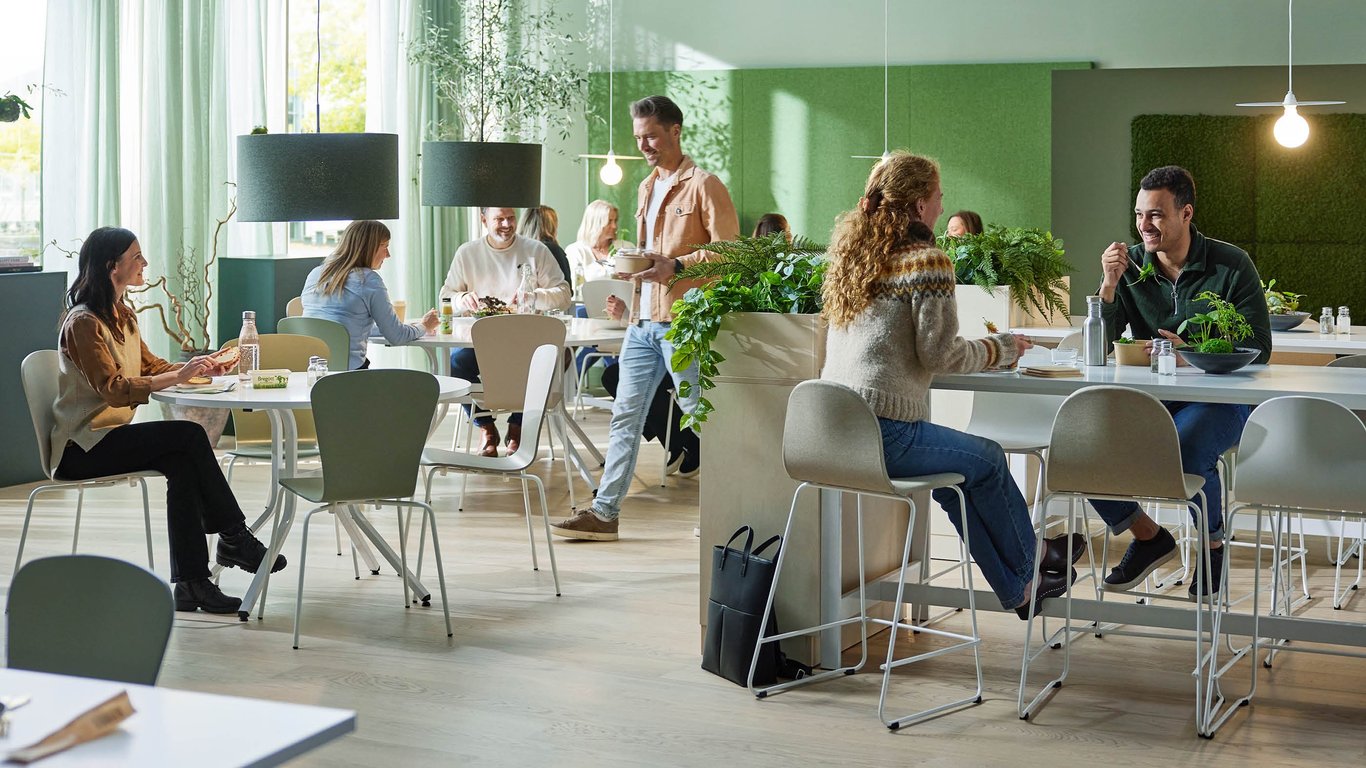
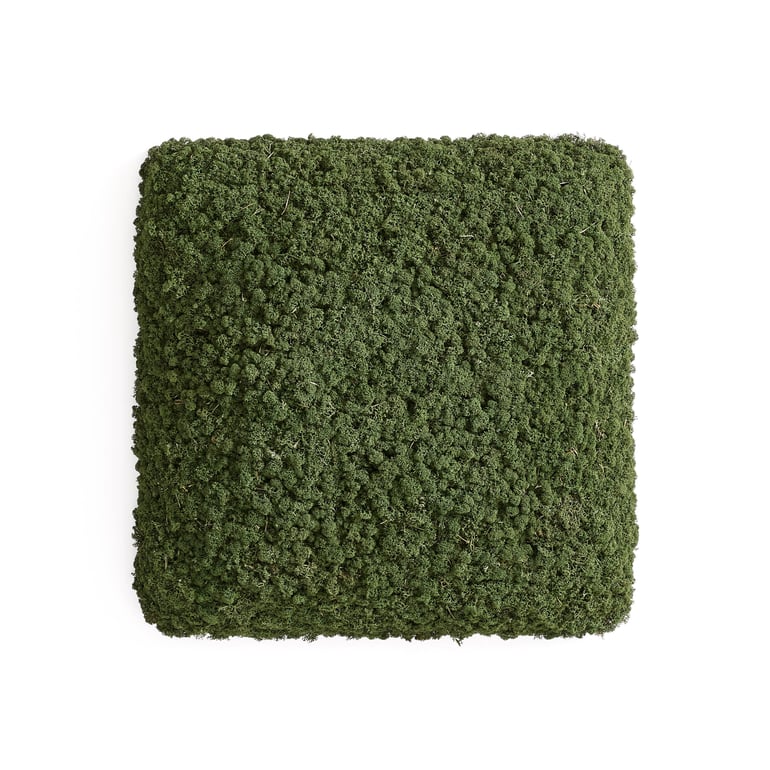
Decorate with natural and artificial plants
Discover our blogs about ergonomics in the workplace
Biophilia as a competitive advantage
An attractive, well-designed office has become a key factor in the competition to attract and retain talent. According to Castellum’s Working Life of the Future 2024 report, 81 percent of respondents said the office environment is important when looking for a new job. Younger generations, in particular, are drawn to workplaces that prioritise health, well-being, and sustainability.
Incorporating plant decor and biophilic design not only enhances the aesthetic appeal of the office but also signals consideration for employees and visitors, a modern view of health, and a commitment to sustainability. “Biophilic office design can become a competitive advantage for companies seeking to attract and retain talent. It’s a straightforward investment that makes a big difference to the ambiance of the work environment,” says Elisabet Nilsson.

Three quick tips to bring nature into the office
1. Include plants and daylight
2. Use natural materials
3. Consider artificial plants

Invest in biophilia and increase productivity by up to 15%
Create a vibrant work environment with biophilic design
Summary
Need help? Ask our experts!
We at AJ Products are always available to help you with solutions suited just for your business. Contact us if you have questions on the choice of fabric, need some inspiration or want to know the alternatives that would best suit your premises. We can then tell you more about your choices.Discover our blogs about ergonomics in the workplace
FAQ
- Biophilic office design is the practice of incorporating natural elements such as plants, natural light, and organic materials into workplace environments. It’s based on the idea that humans have an innate need to connect with nature, and this connection can boost wellbeing, creativity, and productivity.
- Studies show that biophilic workplaces reduce stress, increase employee wellbeing, and improve productivity. Natural light, greenery, and earthy materials can create a calmer, more inspiring atmosphere, which may also reduce sick leave and support better mental health.
- Examples include adding indoor plants, installing green walls, maximising natural daylight, using wood and stone in furniture or finishes, and choosing nature-inspired colours like greens and browns. Even small touches, such as artwork or acoustic panels made from natural materials, can make a difference.
- Affordable ways to create a biophilic office include repositioning desks to benefit from natural light, adding low-maintenance plants (or realistic artificial ones), using calming colour schemes, and incorporating natural textures in furniture and décor.
- No, while greenery is a key feature, biophilic design also involves natural light, materials, colours, and even views of outdoor spaces. The goal is to foster a holistic connection to nature, not just fill the office with plants.
- Yes. High-quality artificial plants can create a similar sense of nature, especially when real plants are not practical. They are low-maintenance, allergy-friendly, and cost-effective while still enhancing the look and feel of the workplace.
Get the latest product launches and offers sent direct to your inbox
Do you want to receive exclusive offers, information about new products and inspiration on how you can improve your workplace? Sign up for our free newsletter and be the first to receive our best offers.*By clicking subscribe, I confirm that I have read the privacy policy.



